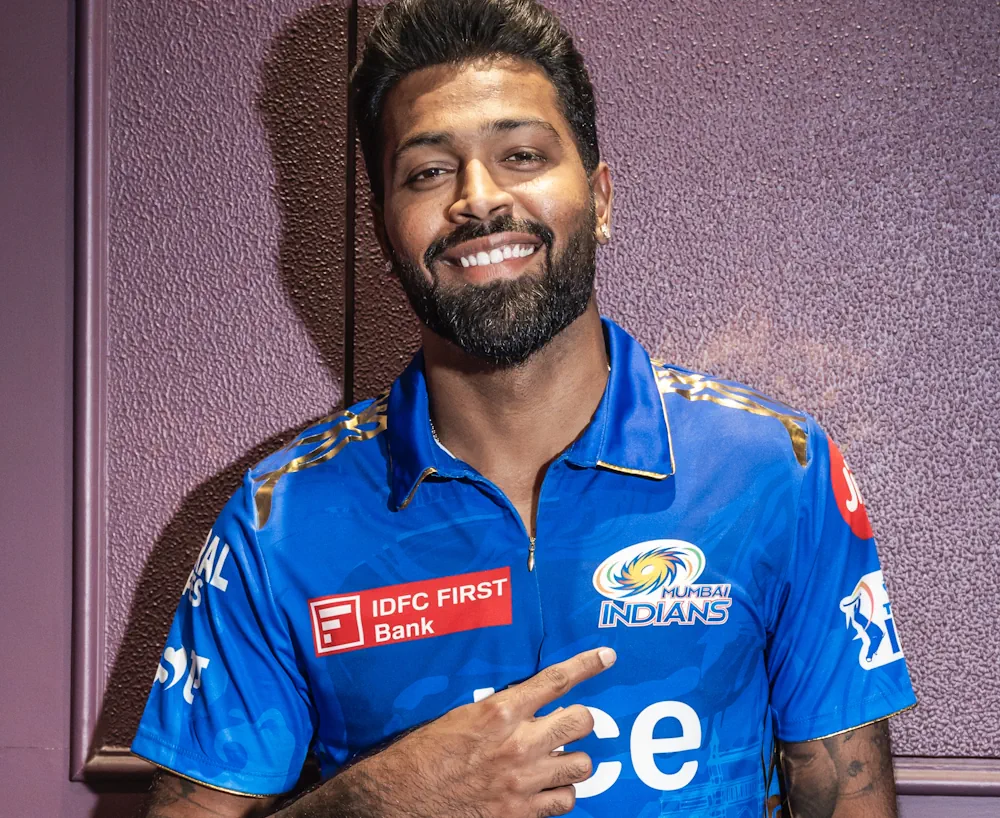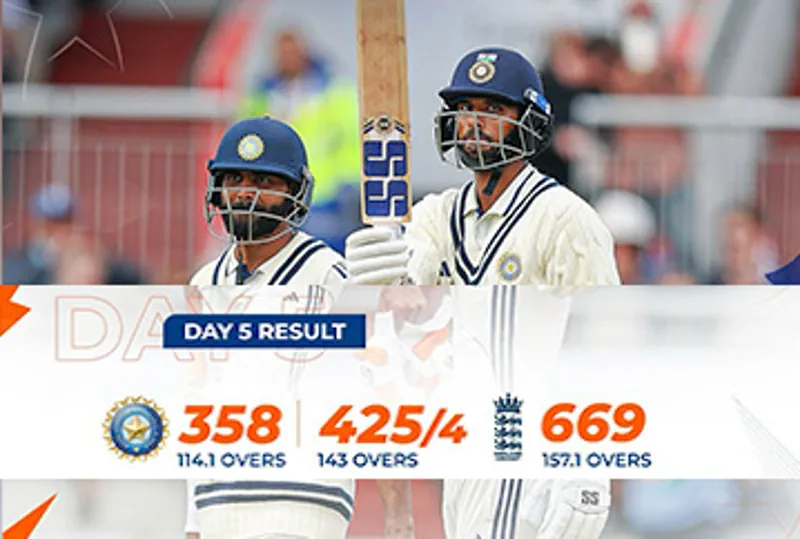T20 cricket didn’t just quietly come onto the scene. Rather, it made a thunderous entrance in the 2000s and changed the game forever. In the old days, cricket was slow-paced and methodical, with test cricket matches lasting up to five days. Its reputation hinged on tradition and etiquette, and it didn’t have the massive media coverage of modern leagues today. But with T20 cricket, cricket suddenly became a sport full of non-stop, thrilling action that could fit into a few hours.

The Indian Premier League (IPL) was a major catalyst in changing how cricket was perceived, even though the T20 experiment started almost 7,000 kilometres away in England. Business, entertainment and big-name stars began to intertwine, and naturally, fans all across the globe took notice. Eventually, a variety of countries followed suit and launched their own leagues.
Let’s trace the story of T20 cricket from its beginnings to it taking over as the dominant format.
Where It All Began for T20 Cricket
In short, T20 cricket was a much-needed shake-up of the traditional format. While the history and strategy of test matches deserve honour, T20 offers the entertainment and accessibility that help attract new audiences and inject new excitement into the sport.
England’s Big Bet on a Short Game
The story started in England when the England and Wales Cricket Board launched T20 to attract younger fans to the stadium. After all, without new generations showing interest, cricket could risk losing relevance and fading into the shadows. Matches were more dynamic and focused on action from start to finish rather than the drawn-out, longer format people were familiar with.
The First Wave of International T20
Because of this newfound energy and pace, T20 quickly grabbed the attention of other cricket boards worldwide, with the first official T20 International played in 2005 between Australia and New Zealand. That’s right—it wasn’t England. Interestingly, India, a country that ended up playing a big role in making T20 popular, was initially hesitant to embrace it. Test and One Day International cricket were still its pride and joy, but the global buzz was too difficult to ignore. Eventually, the Board of Control for Cricket in India (BCCI) was convinced.
How the IPL Changed Global Cricket
Despite its initial hesitations, Indian cricket stakeholders managed to reshape the sport worldwide. After India’s T20 World Cup win in 2007, the IPL was born, turning cricket into a business in a way no league had ever done before. Its success proved that T20 could truly be more than just a format, and inspired players, boards and fans to rethink how they approached cricket on and off the field.
Lalit Modi’s Masterplan
The IPL was created by Lalit Modi, an Indian businessman who is part of one of the country’s leading business families. Known for making big moves, he wanted to launch a league that combined a city-based franchise model with competitive cricket. His system featured player auctions and teams representing major cities, which generated unprecedented fan engagement. The league also welcomed players from other countries to compete, which further expanded its reach and opportunities. Cricket was slowly turning commercially viable, competing with other popular sports.
Cricket’s Global Copycats
Thanks to the IPL model’s successes, other cricket boards were instantly inspired to recreate their own leagues. The Caribbean adopted the CPL, Australia had the Big Bash League, South Africa launched SA20 and Pakistan started the PSL, to name a few. Yet, the IPL will always be recognised as the driver of the worldwide franchise cricket boom.
T20 Cricket Finds a Home in the UAE
Decades on, the UAE has become a central hub for T20 cricket, hosting high-profile leagues and international matches with top-tier players.
A Home for International Leagues
Acting as a neutral territory with infrastructure that was more than up to par, the UAE was an ideal location for international cricket. The UAE first got involved in cricket when it hosted the IPL in 2014. Indian elections required an alternate venue then, as well as during the COVID-19 pandemic. Considering the UAE’s proximity to India, it was a no-brainer that its world-class facilities and lack of association with any particular team or board made it the most reliable host.
The ILT20 Story Continues
The UAE launched its very own International League T20 (ILT20) in 2023, proving that it wasn’t going to give up its title as a permanent T20 destination. Backed by heavy investment and with the means to bring in star players, the ILT20 made sure that Emirates stadiums were the go-to choice for franchise cricket. In the future, the UAE is certain to grow the league further, expanding its fan base and strengthening its influence in the sport.
Where Crickets Meet Gambling
Any exciting sport is a hotbed for betting, odds comparisons and real-time wagering, and the T20 format is perfect for fans looking to add a layer of commitment and fun. Those interested in exploring other gambling options, from sportsbooks and online casinos to live-dealer tables and slot tournaments, might search for casino reviews to learn which platforms are trustworthy, offer the best bonuses and can complement the energy of the match. It’s this modern, multi-platform approach that has redefined what cricket and cricket betting means, particularly for younger fans who seek out both competition and entertainment.
The Role of Betting in Cricket
T20 cricket is particularly suitable for not just betting, but live betting, with fans placing last-minute or heat-of-the-moment wagers on everything from wickets and sixes. These markets keep viewers’ eyes glued to the screen or the live game, giving them more stakes and reason to actively engage. Betting has become such a key part of the T20 experience that it even changes how people follow tournaments worldwide.
Joining the Action Through Fantasy Cricket
Even if real-money wagers aren’t someone’s thing, fantasy cricket platforms let them immerse themselves deeper into T20 cricket. Platforms like MPL and Dream11 have given a new dimension to the sport, letting fans manage their own teams and compete based on real-world player performance. It’s a gamified experience that keeps fans invested throughout the entire season, complementing traditional viewing.
Players’ Fortunes in the T20 Era
On the player end, T20 cricket has transformed how players approach their earnings and overall careers. With new franchise leagues, there are many more opportunities to earn lucrative contracts and even become household names.
National Legends and Franchise Heroes
Do player names like AB de Villiers, Chris Gayle, or Kieron Pollard ring a bell? That’s because they’ve become icons of T20 due to their natural skill. Franchise contracts are so profitable nowadays that they can even surpass central board contracts and give players more freedom to compete, as well as more financial security. Cricketeers can finally build global fan bases like other sports stars and become true ambassadors for the sport.
Nurturing Future Cricket Stars
Stars don’t often appear out of nowhere—they’re often nurtured through mentorship programs and academies that give them the skills and experience they need to climb the ladder. Hardik Pandya and Rashid Khan both trained at local cricket academies and benefitted from these programs, working on skills early and being exposed to structured coaching. Khan played in Under-19 national tournaments before being fast-tracked into T20 and international cricket. Meanwhile, Pandya’s performances in domestic T20 tournaments caught the attention of IPL scouts.
T20 Cricket in the Years Ahead
T20 cricket is only accelerating and coming more into its own, with leagues expanding globally and more innovations in how the game is viewed, played and engaged with.
The Growth of Global Leagues
Fans around the world have never been this hooked on T20 cricket, nor have there been this many cricket fans in history. Leagues are continuously emerging, and the iconic T20 Champions League is set to return in 2026 under the name the ‘World Club Championship’. With franchise cricket spanning countries in a variety of continents, players and fans have more options than ever before to engage with the sport. The profile of T20 has certainly been elevated, and this ecosystem means a much better environment in which to thrive.
Honouring the Past While Moving Forward
As T20 dominates, some worry about the trajectory of Test cricket and deviating from the sport’s traditional roots. On the other side of the coin, innovations like VR replays and smart helmets are encouraging the game to become more modern and accessible. That’s not to say cricket is rejecting everything that made it what it was in the first place. Instead, players and boards are finding ways to preserve it while embracing modernity. That way, longer formats can stay relevant alongside T20.
Cricket’s New Cultural Moment
T20 cricket has changed not only how the game is played, but its culture, global audience, economics and player careers. The IPL started a full-on revolution, where franchise leagues, the UAE, cricket stars and overseas expansions have helped keep the momentum going.
Also Read:
- IND vs ENG: Jadeja, Sundar, Gill Hundreds Help India Earn Dramatic Draw Against England in 4th Test
- “If There Are No Bilateral Matches, Why Play in Multination Events?”: Azharuddin on India-Pakistan Asia Cup Clash
- Men’s Asia Cup 2025 To Be Held In UAE; ACC
- Ben Stokes Creates History With 11,000 International Runs And Rare 7,000 Runs-200 Wickets Test Feat




